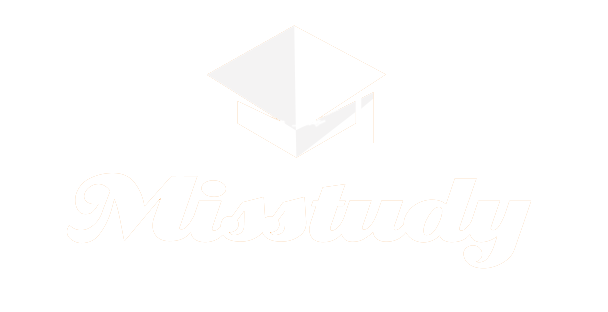Harvard Will Make Tuition Free… But What’s the Catch?
Harvard University has announced a new program that will cover tuition for students whose families earn $200,000 or less per year. This initiative, set to take effect in the 2025-2026 academic year, aims to make elite education more accessible. But what are the real benefits and limitations of this program? Let's explore its pros and cons.
Pros
Increased Accessibility for More Students
With this measure, around 86% of American families will qualify for financial aid, reducing the economic gap in higher education.
Reduction in Student Debt
By eliminating tuition costs, students can graduate without the burden of massive loans, allowing them to invest in their future without immediate financial concerns.
Greater Economic and Social Diversity
This program could encourage a more diverse student body, attracting talent from various socioeconomic backgrounds who might not have previously considered Harvard an option.
Competitive Edge Against Other Elite Universities
Institutions like MIT and the University of Pennsylvania have launched similar initiatives. With this change, Harvard strengthens its competitiveness in attracting top students.
Full Coverage for Lower-Income Families
Those with incomes of $100,000 or less will receive full financial support, including housing, meals, health insurance, and travel expenses.
Cons
Admissions Remain Highly Competitive
Despite the financial benefit, Harvard maintains its rigorous selection process. In 2024, its acceptance rate was 3.59%, meaning most applicants, even those eligible for free tuition, will not be admitted.
Does Not Cover All Expenses for All Families
While tuition is free for families earning up to $200,000, only those making $100,000 or less will receive full coverage. Many families will still face significant living costs.
Could Increase Competition for Scholarships and Aid
With more students competing for a spot at Harvard due to this opportunity, securing additional scholarships or complementary aid might become even more challenging.
Not Applicable to Graduate Programs
This initiative is designed only for undergraduate students. Those pursuing master's or doctoral degrees will continue to face high costs.
Does Not Guarantee a Completely Cost-Free Education
While tuition is covered, other expenses such as materials, extracurricular activities, and living costs in Cambridge may still be significant.
Harvard's new program represents a major step toward making higher education more accessible for middle- and lower-income students. However, it is not a definitive solution to all financial challenges faced by university students. While it removes the tuition barrier, admission remains a significant hurdle, and additional expenses may still be a burden for some families.
Even so, this initiative sets a trend in higher education that could encourage other universities to implement similar policies in the future. Will this be the first step toward truly accessible elite education? Time will tell.
Need Help with Your Application?
Applying to Harvard or other top universities can be challenging. At Misstudy, we specialize in guiding students through the admissions process to maximize their chances of success.
Contact us today to get expert advice on your application and make your dream of studying in the best university for you a reality!

